What does lying in state mean and what is the history behind it?
The late Queen Elizabeth II will lie in state over the coming days
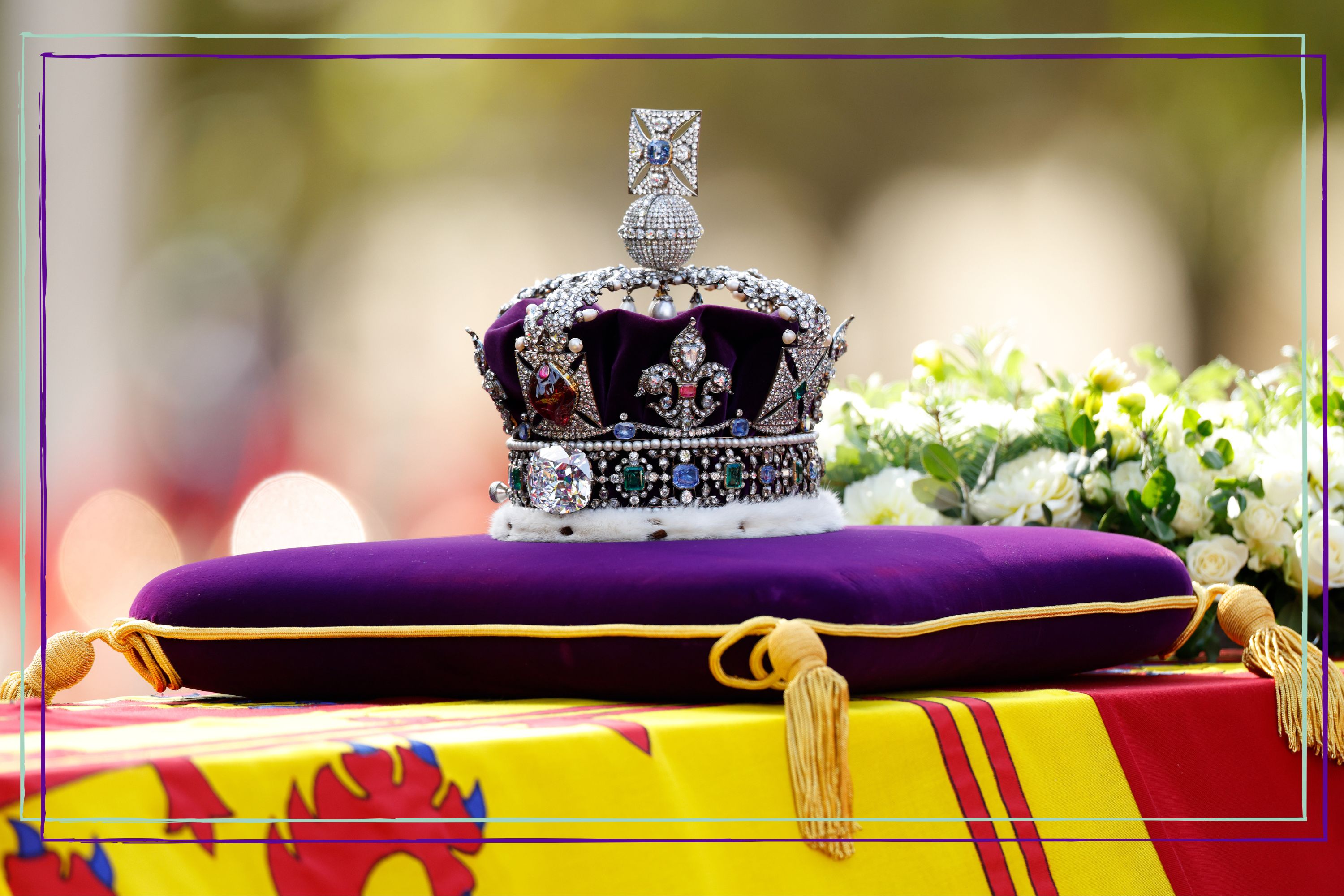

The Queen's coffin has arrived in Westminster Hall so that the public can pay their respects to the late monarch. But what does lying in state mean?
Queen Elizabeth II reigned over the UK for 70 years, the longest of any monarch in Britain. The last state funeral took place almost 60 years ago, so few can remember the arrangements, leading to questions around where the Queen will be buried and will there be a bank holiday for the funeral.
One of the other confusions surrounds the lying in state period, following the arrival of the Queen's coffin at Westminster Hall. As thousands of mourners queue up to pay their respects, many are asking what does lying in state mean?
What does lying in state mean?
Lying in state is where the coffin of someone of public importance is placed on view, to allow the public to pay their respects before the funeral ceremony.
During the lying in state period, the coffin is placed on a raised platform - called a catafalque - in the centre of Westminster Hall, which is guarded at all hours of the day by units from the Sovereign's Bodyguard, Foot Guards or the Household Cavalry Mounted Regiment, which includes beefeaters.
A post shared by The Royal Family (@theroyalfamily)
A photo posted by on
Queen Elizabeth II's lying in state began at 5pm on Wednesday 14 September and will be open 24 hours a day until 6.30am on Monday 19 September, the day of her funeral.
Her coffin is adorned by the Royal Standard flag and has the Imperial State Crown on top, and is guarded by three ceremonial units: The Gentlemen at Arms, The Royal Company of Archers and the Yeomen of the Guard. The guards rotate every 20 minutes.
GoodtoKnow Newsletter
Parenting advice, hot topics, best buys and family finance tips delivered straight to your inbox.
The Gentlemen at Arms are the most senior group of the sovereign's bodyguards, who accompany the monarch to ceremonial occasions.
Is the Queen's coffin open when lying in state?
No, the Queen's coffin is not open during her lying in state. The coffin is closed casket and will be placed on a catafalque, with public mourners able to silently file past the Queen's coffin to pay their respects.
Those planning to pay their respects should be aware that queues are miles long, and can be tracked via a live stream.
The Government has issued guidance on how to join the queue and the rules that apply. For example, only one small bag per person is allowed, a people have been told not to bring chairs with them.
A bit of the queue to say goodbye to the Queen. Its extraordinarily moving. pic.twitter.com/4XV5s01uZhSeptember 14, 2022
What is the difference between lying in state and lying at rest?
Lying at rest refers to the time a coffin spends at a location that is not the monarch's full-time home. When the Queen's coffin was in Edinburgh, she was lying at rest.
Lying at rest is also less formal than lying in state, and takes place over a shorter period, but the ceremonies appear very similar.
The Queen lay at rest for 24 hours in Edinburgh, at the Palace of Holyroodhouse, having made the 102 mile journey by road after her passing at the Scottish residence of Balmoral. On the route, the hearse stopped at Ballater, Aberdeen, and Dundee, to allow the public to pay their respects.
After arriving at the Palace of Holyroodhouse, the coffin remained in the palace's Throne Room until the following day, when it was delivered to St Giles' Cathedral.
The coffin then travelled via RAF aircraft to London, where it stayed at Buckingham Palace overnight on September 13, ahead of a procession to Westminster Hall the next day.
What is the history behind lying in state?
Lying-in-state used to be a tradition performed on all bodies, which involved dressing and preparing the deceased before displaying them in a room of the family house for several days.
During this time the family would pay their respects and make arrangements for the funeral, but it is said that the delay between death and burial is said to have come from the need to confirm that death had occurred.
The first lying in state at Westminster Hall followed the death of Prime Minister William Gladstone and it has since been used for six lying in states.
The face of the monarchy might change, but traditions don’t.Compare and contrast King George V Lying-in-State in Westminster Hall in 1936 with the images of Queen Elizabeth II Lying-in-State in 2022. pic.twitter.com/5HXkReVKzvSeptember 14, 2022
Another tradition that takes place at the lying in state of a monarch is the Vigil of the Princes. This is where the monarch's children and/or grandchildren are expected to join the guard over the coffin at some point during the lying-in-state.
For Queen Elizabeth II, this took place at St. Giles' Cathedral and saw King Charles III, Princess Anne and Princes Andrew and Edward standing guard at each side of the coffin.
Princess Anne has become the first woman to be part of the vigil, which has until now been carried out only by male members of the Royal Family.
Who decides who lies in state?
Lying-in-State in the UK is given to the Sovereign, as Head of State, the current or past Queen Consort and sometimes former Prime Ministers.
The last lying in state in the UK happened in 2002, for the Queen Mother, and more than 200,000 people queued to view her coffin.
Prince Philip did not lie in state. He reportedly requested a funeral of minimal 'fuss', and therefore did not have a state funeral either.
Video of the Week

Ellie is GoodtoKnow’s Family News Editor and covers all the latest trends in the parenting world - from relationship advice and baby names to wellbeing and self-care ideas for busy mums. Ellie is also an NCTJ-qualified journalist and has a distinction in MA Magazine Journalism from Nottingham Trent University and a first-class degree in Journalism from Cardiff University. Previously, Ellie has worked with BBC Good Food, The Big Issue, and the Nottingham Post, as well as freelancing as an arts and entertainment writer alongside her studies. When she’s not got her nose in a book, you’ll probably find Ellie jogging around her local park, indulging in an insta-worthy restaurant, or watching Netflix’s newest true crime documentary.
-
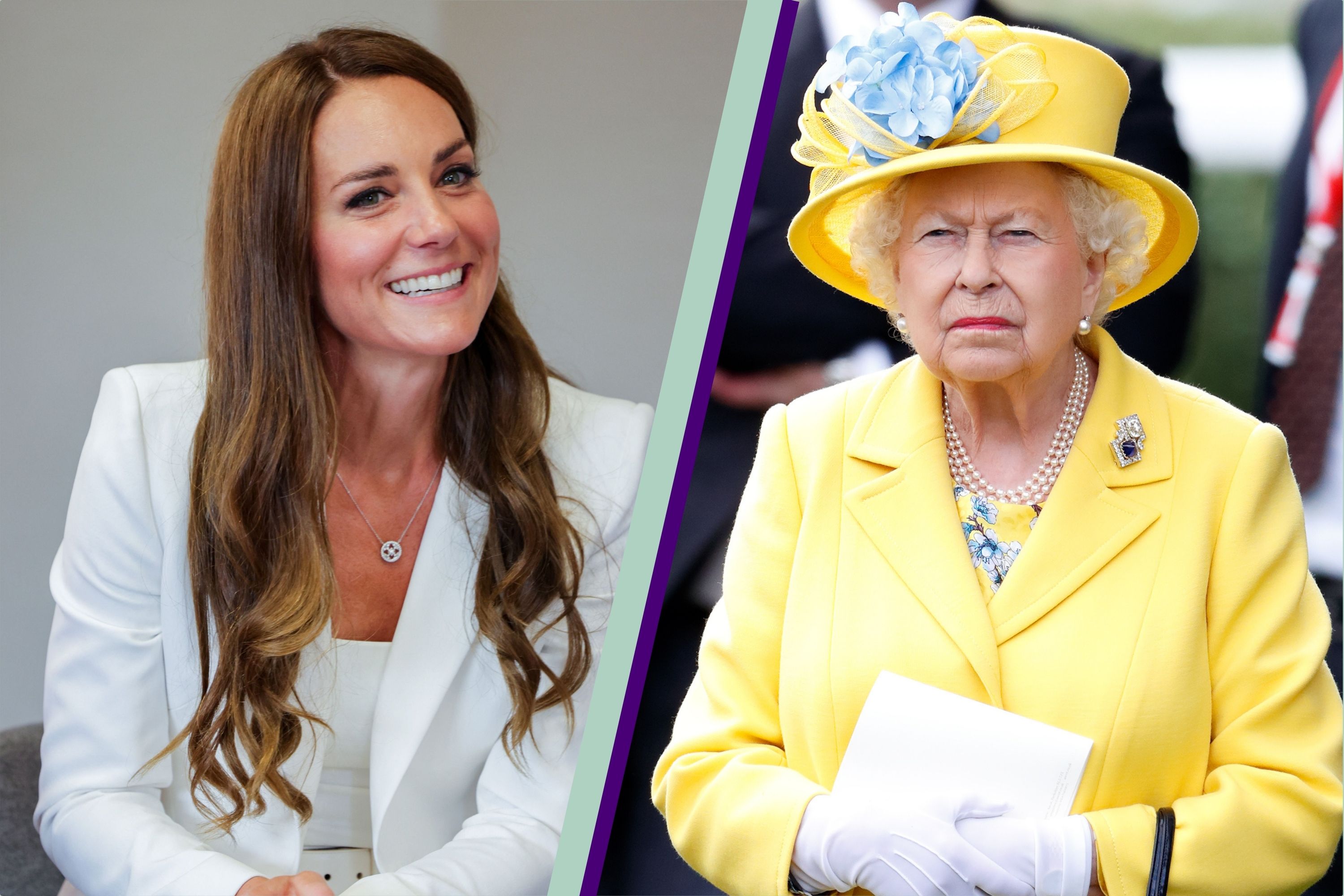 Kate Middleton laid out ‘bold’ family priorities in candid conversation with Queen Elizabeth II, new book reveals
Kate Middleton laid out ‘bold’ family priorities in candid conversation with Queen Elizabeth II, new book revealsThe Princess of Wales has always been clear about she plans to raise her three children
By Charlie Elizabeth Culverhouse Published
-
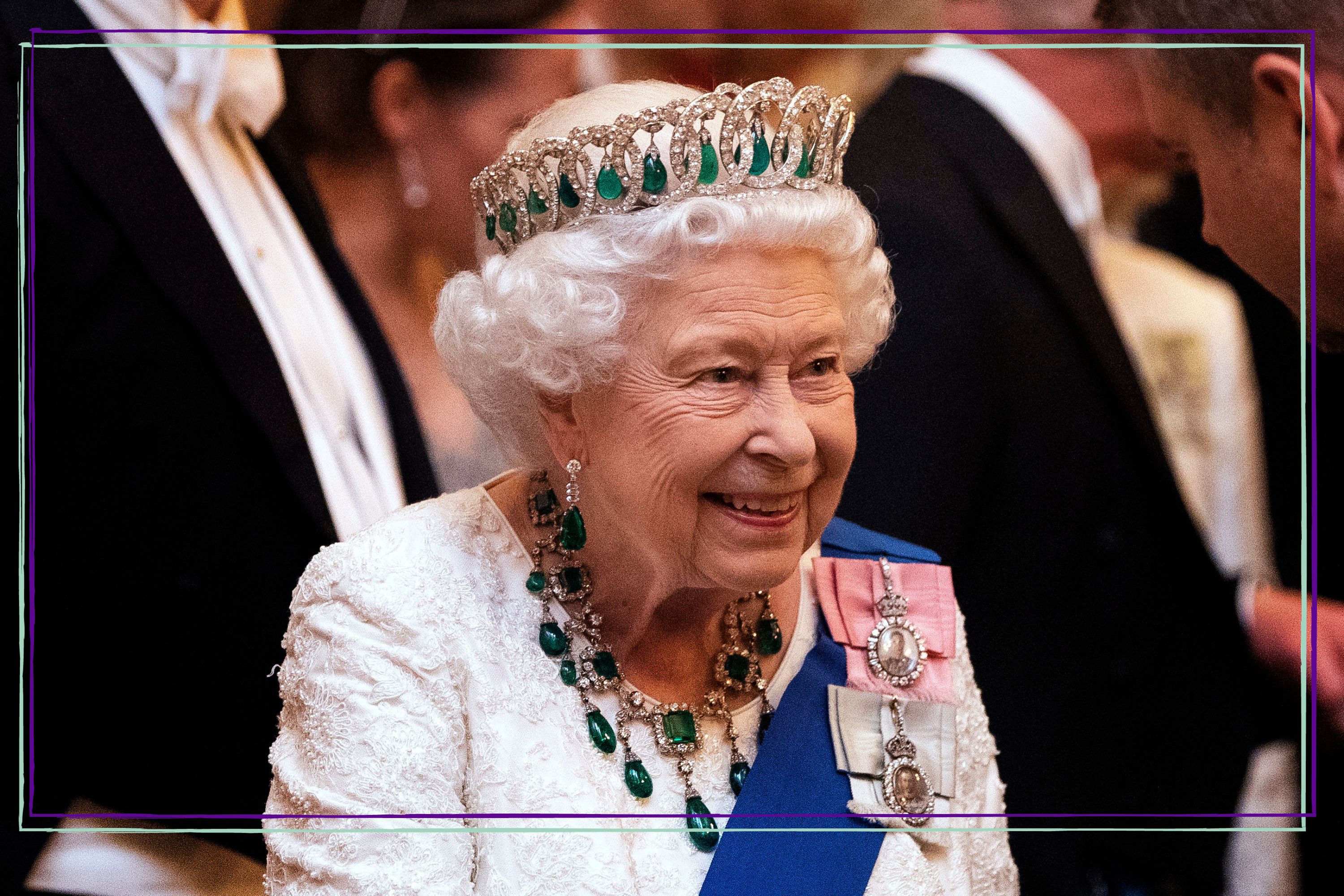 Queen Elizabeth's heartwarming approach to motherhood revealed in rare letter - and the note includes a hilarious joke about young King Charles III
Queen Elizabeth's heartwarming approach to motherhood revealed in rare letter - and the note includes a hilarious joke about young King Charles IIIA personal letter penned by the late monarch in 1950 has given sweet insight into her life as a young mother
By Charlie Elizabeth Culverhouse Published
-
 Prince George, Charlotte and Louis very nearly had different baby names as Kate Middleton ‘set her heart’ on moniker with a sweet link to the late Queen (and we love it)
Prince George, Charlotte and Louis very nearly had different baby names as Kate Middleton ‘set her heart’ on moniker with a sweet link to the late Queen (and we love it)The Princess of Wales 'set her heart' on the adorable baby name
By Charlie Elizabeth Culverhouse Published
-
 Queen Elizabeth is in full mum-mode in never-before-seen photo released by Buckingham Palace
Queen Elizabeth is in full mum-mode in never-before-seen photo released by Buckingham PalaceA selection of previously unseen Royal Family photos will go on display at Buckingham Palace
By Charlie Elizabeth Culverhouse Published
-
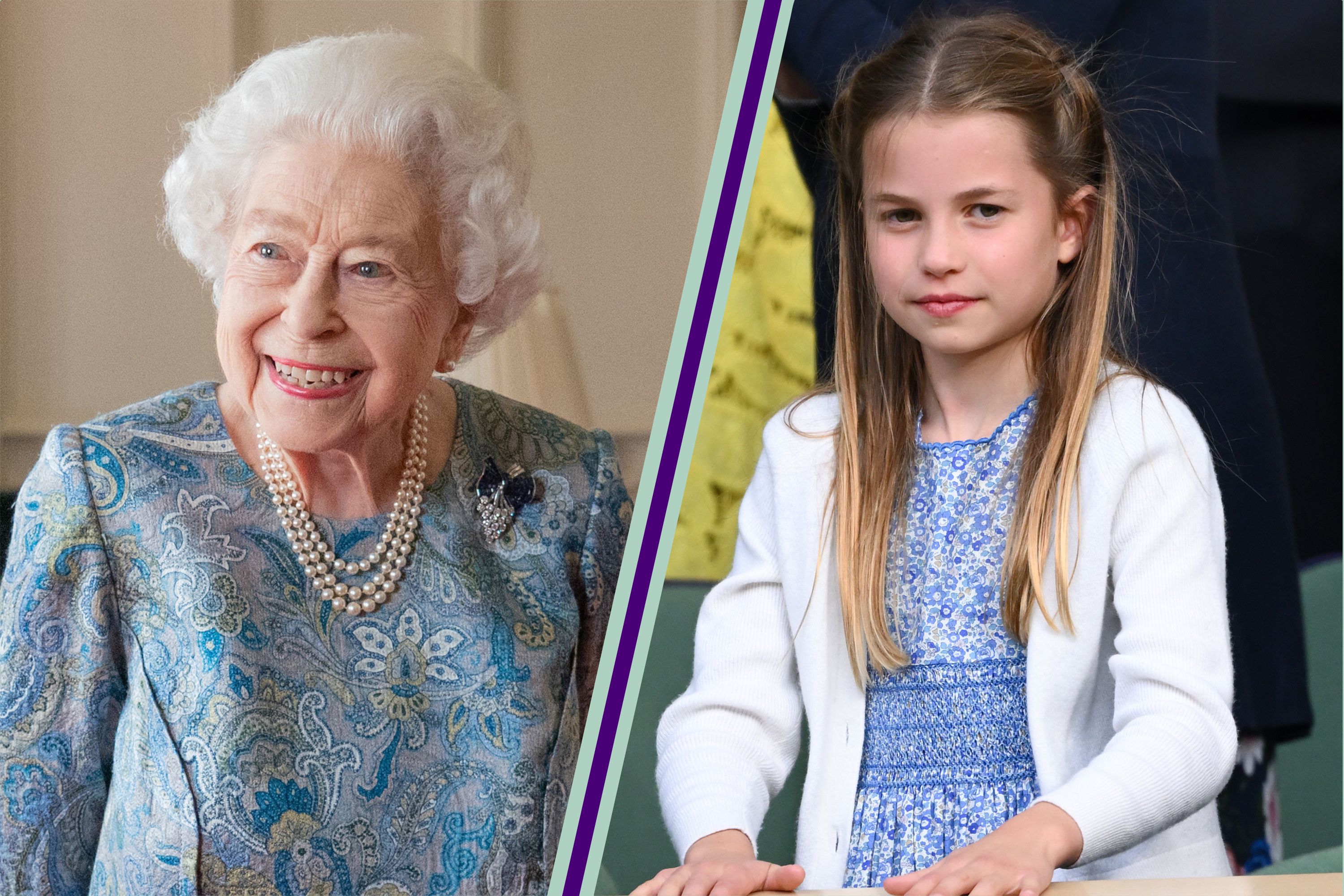 Princess Charlotte’s 9th birthday portrait contained a sweet nod to her great-grandmother Queen Elizabeth you might have missed
Princess Charlotte’s 9th birthday portrait contained a sweet nod to her great-grandmother Queen Elizabeth you might have missedThe youngster was beaming in her birthday photo - but did you notice the hidden detail?
By Charlie Elizabeth Culverhouse Published
-
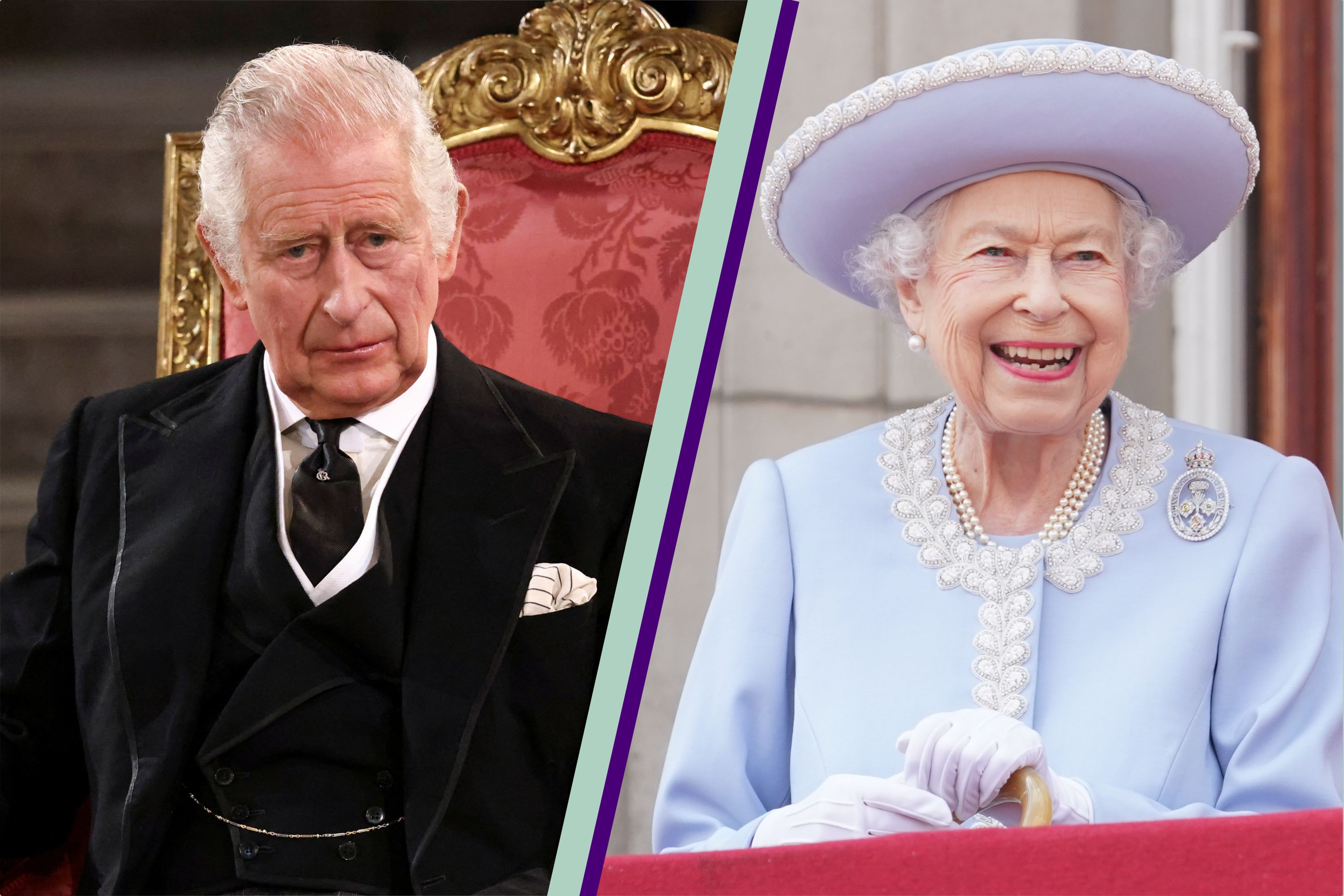 Queen Elizabeth was reportedly left ‘very upset’ by King Charles’ harsh and very public criticism of her parenting style
Queen Elizabeth was reportedly left ‘very upset’ by King Charles’ harsh and very public criticism of her parenting styleThe King has been open about growing up with 'emotionally distant' parents
By Charlie Elizabeth Culverhouse Published
-
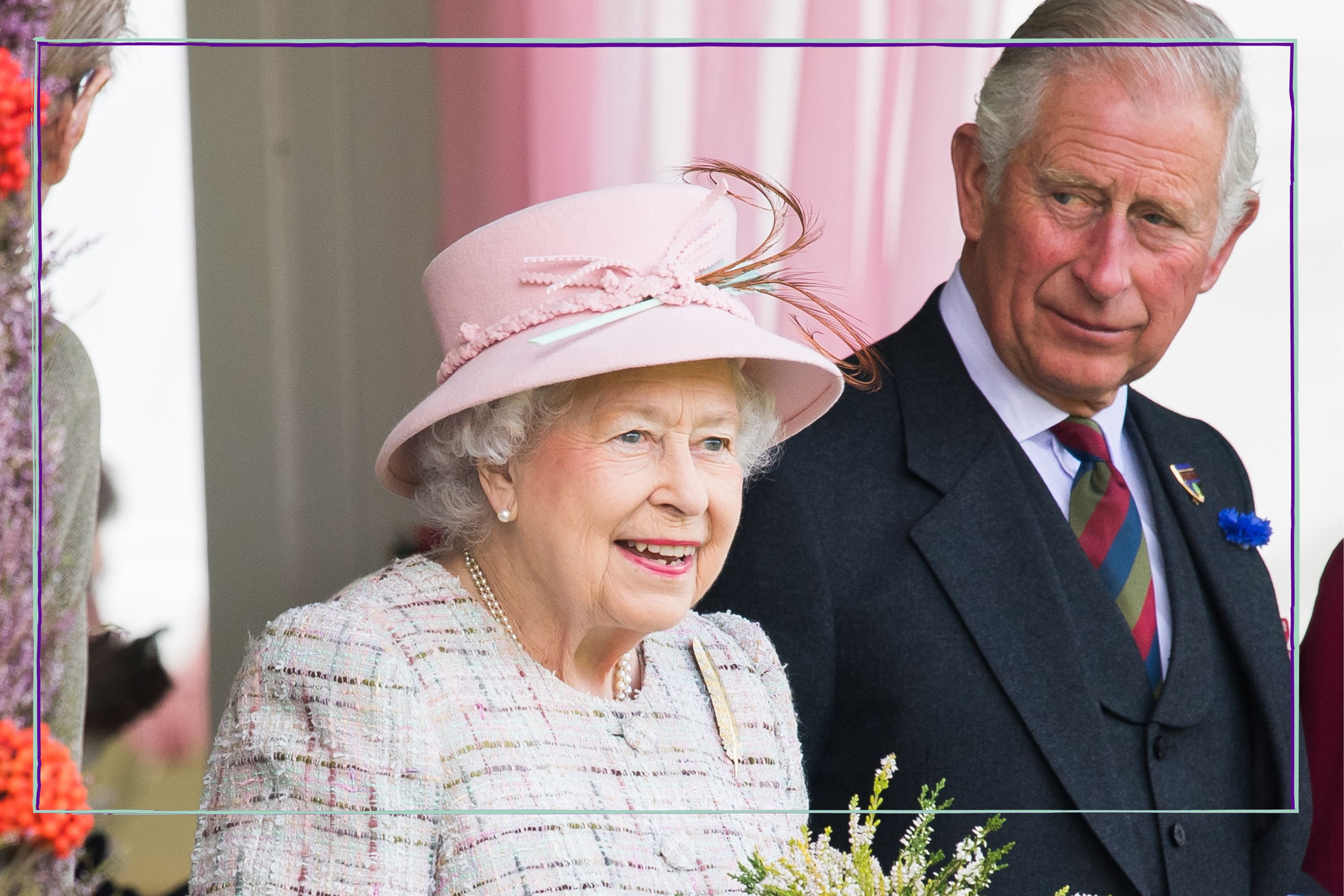 King Charles set to abandon a £100 million royal family hobby that’s been passed down for generations
King Charles set to abandon a £100 million royal family hobby that’s been passed down for generationsThe monarch doesn't share the same passion for this expensive royal hobby
By Selina Maycock Published
-
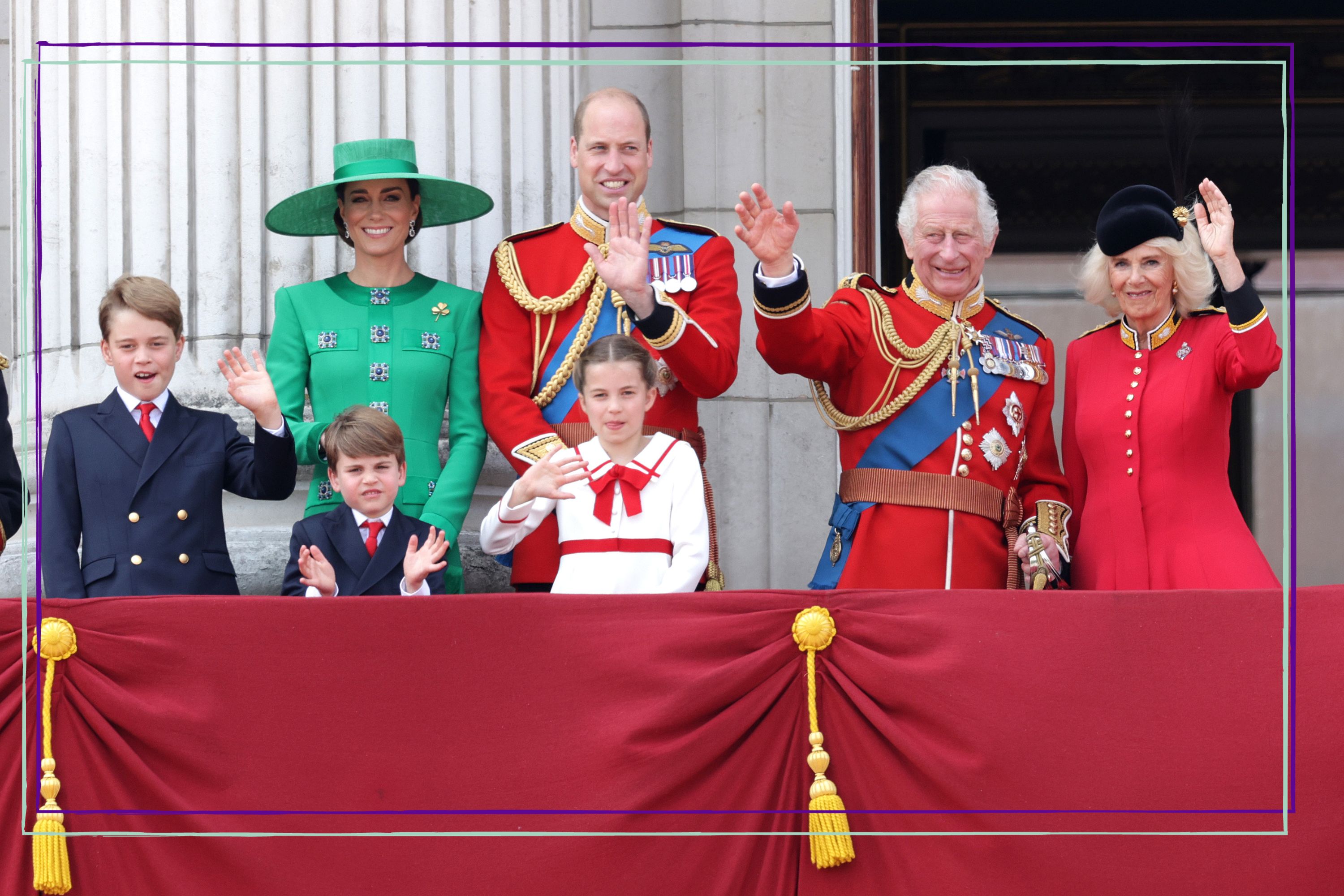 Why Prince George, Charlotte and Louis might never call King Charles THIS nickname again
Why Prince George, Charlotte and Louis might never call King Charles THIS nickname againThe Wales children could have to find an alternative name for their grandpa
By Selina Maycock Published